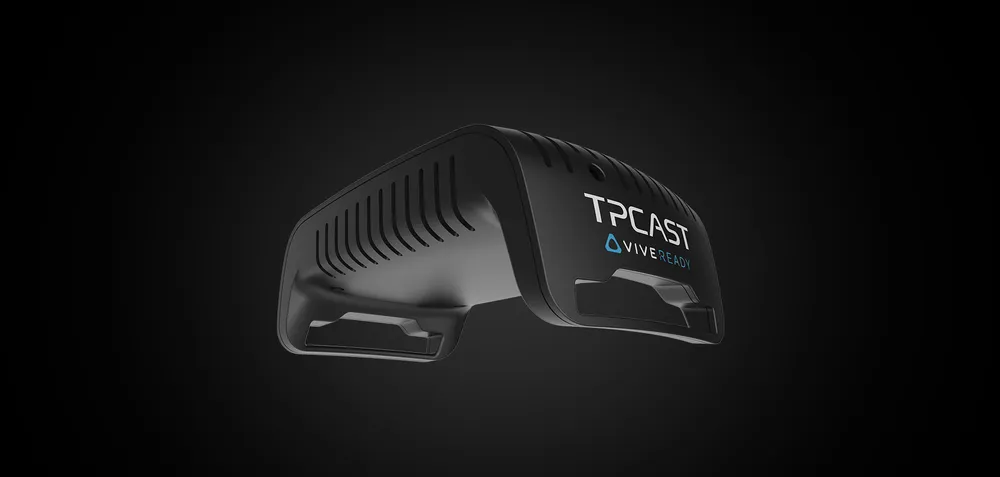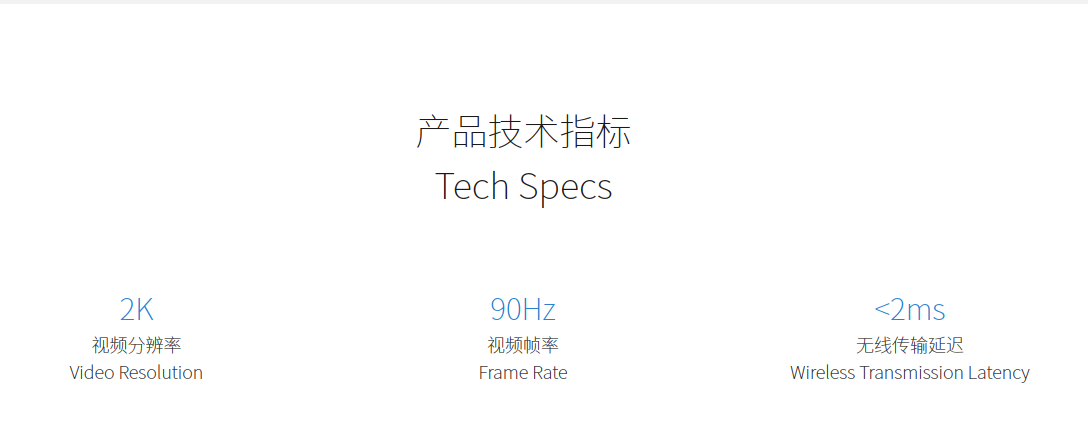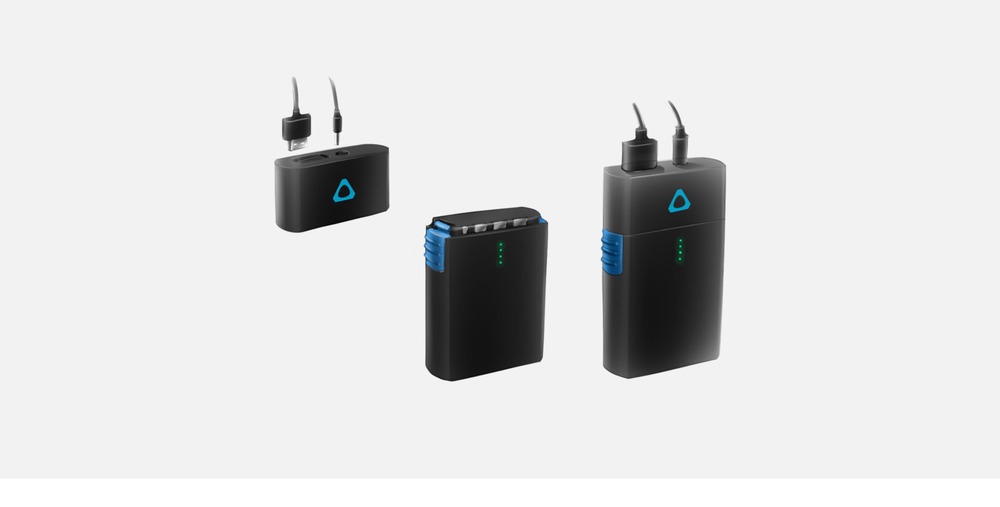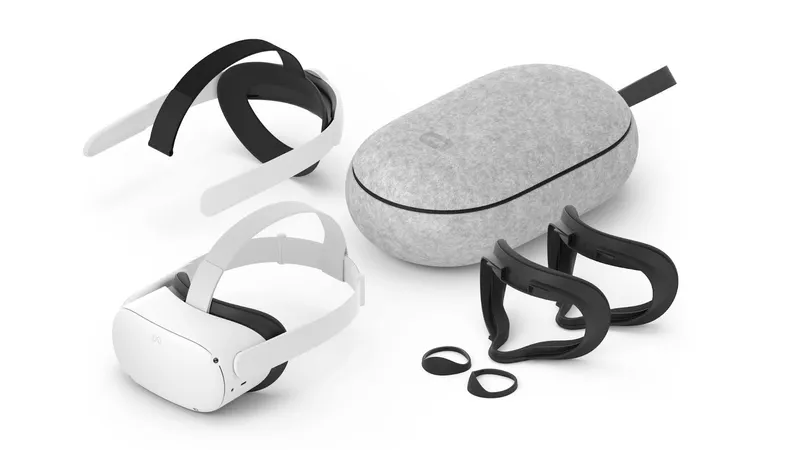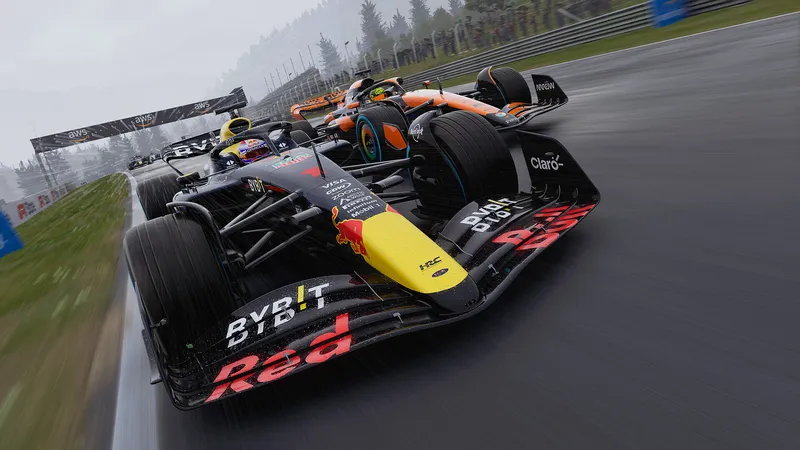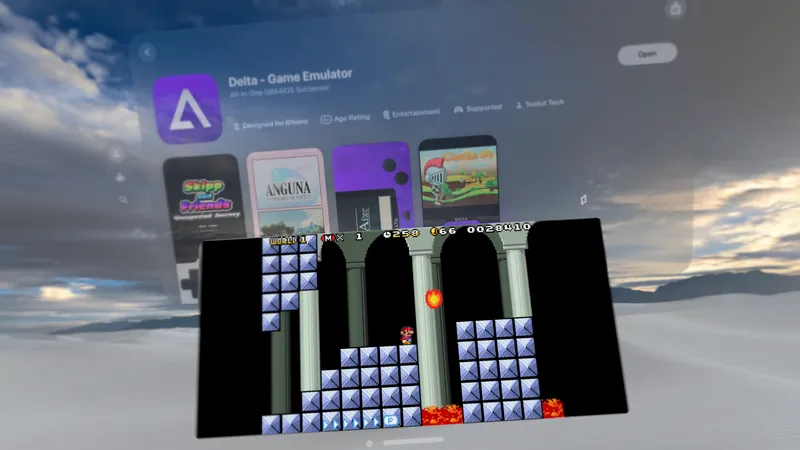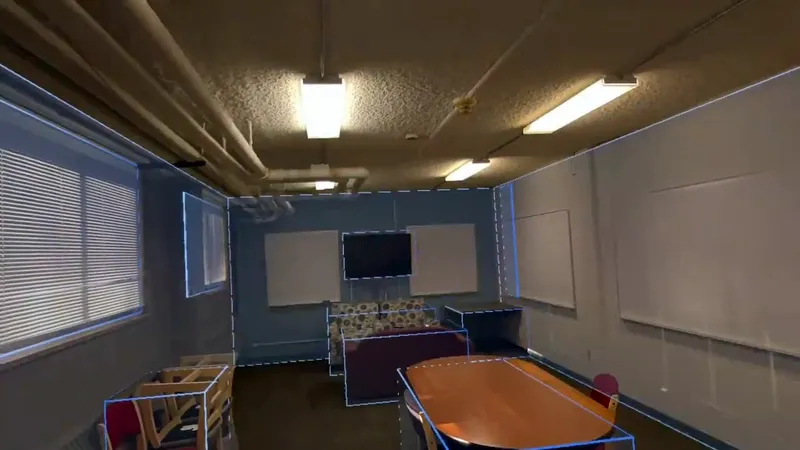Update: HTC addressed skepticism surrounding the accessory’s ability to stream VR wirelessly with little latency.
The mystery behind Vive X company TPCAST’s wireless upgrade kit for the HTC Vive continues to deepen. Previously, a translation of the Chinese group’s site suggested that its solution for tetherless PC-based VR offered at best 15ms of latency, which caused concern for some. Now a new page suggests there’s been a drastic improvement.
This new page, seemingly added over the weekend, states that the wireless upgrade adds less than 2ms of latency showing images in 2K at 90fps. It also notes the product is designed “specifically for Vive”, whereas the previous page noted that its tech could be adapted to suit any VR headset. Some new concept images of the kit have surfaced too, which we’ve included in this post.
We’ve reached out to TPCAST to clarify the sudden changes listed on its site, though we’ve done so through HTC itself (which invested in the company through its Vive X program), as we can’t find current contact information for the startup. It’s possible that the previous page had outdated information, made before TPCAST had come up with the Vive-specific kit. Alvin W. Graylin, China Regional President of Vive at HTC, previously told UploadVR the Vive kit had been produced in a “very short amount of time”. TPCAST itself is thought to be one of the 33 companies that joined the Vive X accelerator back in July 2016. One of the questions we are seeking more information on is whether this kit, or others from the company, might be compatible with the Oculus Rift or other headsets.
The kit went up for pre-order in China last week, though wasn’t available to pre-order internationally as originally anticipated. Another chance to pre-order is expected to go live in December. The first shipments of a model with a standard battery are expected to take place in the first quarter of 2017. Another version with a larger battery should also go on sale in that window.
We’re still waiting to get our hands on this kit and get some definitive answers about it.

